There are certain questions that transcend their simple phrasing to become cultural touchstones, echoing through generations with a power that never fades. Among the most poignant of these is the haunting inquiry, where have all the flowers gone? This is more than just a line from a song; it is a profound meditation on the cyclical nature of life, loss, and the devastating human cost of conflict. It is a question that has been sung in folk clubs, at protest marches, and around campfires across the globe, each time carrying the weight of history and a hope for a more peaceful future.
This guide will take you on a journey through the story of this iconic song. We will explore its humble origins, its rise to international prominence, and the powerful message that has allowed it to resonate so deeply with so many for so long. The story of this song is a testament to the power of music to ask the most difficult questions and to challenge us to seek better answers.
To understand the cultural impact of the folk revival and the anti-war movement, one must first understand the story behind where have all the flowers gone. It is a musical and lyrical masterpiece whose simple, repetitive structure belies a depth of emotion and a philosophical weight that continues to captivate listeners today.
The Seed of an Idea: The Origins of the Song
The journey of this legendary folk song begins not in a recording studio, but on a page of notes and in the mind of one of America’s most influential folk artists, Pete Seeger. The story of how the lyrics came to be is a fascinating example of creative inspiration drawn from disparate sources.
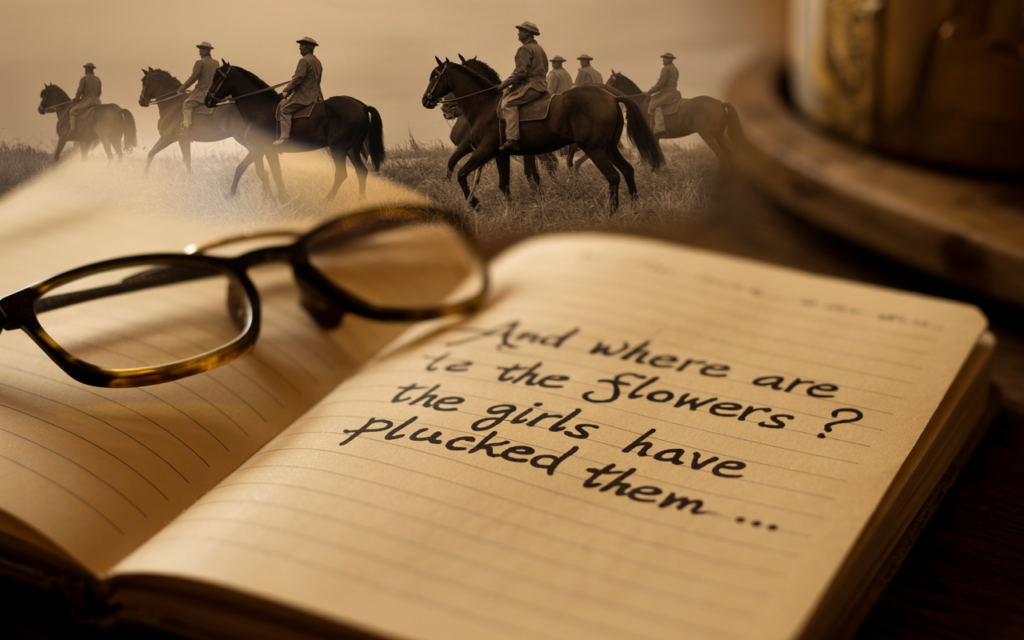
A Line from a Novel
In the mid-1950s, Pete Seeger was on his way to a concert when he read a passage from the novel The Silent Don by Mikhail Sholokhov. The passage described soldiers in the Don Cossack region singing a folk song as they went off to war. The lyrics, as translated in the novel, included the lines, “And where are the flowers? The girls have plucked them. And where are the girls? They’ve taken husbands. And where are the men? They’re all in the army.”
This cyclical, questioning structure struck a chord with Seeger. He jotted down the lines in his notebook, sensing the kernel of a powerful idea. For some time, the idea lay dormant. The initial inspiration for where have all the flowers gone came from this literary source, a testament to how art can inspire other art across cultures and languages.
The Power of Simplicity
Later, Seeger found himself with a few spare moments before a performance and revisited the idea. He conceived of the first three verses, creating a simple, circular narrative: the girls pick the flowers, the girls marry the young men, and the young men go off to become soldiers. He recorded these three verses, creating a melancholic and reflective tune to accompany them.
However, he felt the song was incomplete. It was at this point that another folk musician, Joe Hickerson, played a crucial role. Hickerson added two more verses that completed the cycle: the soldiers end up in graveyards, and the graveyards are eventually covered in flowers. This final addition transformed the song from a simple lament into a powerful, unbreakable loop, symbolizing the futility and endlessness of war.
This collaborative effort is what gave us the complete version of where have all the flowers gone that we know today. The question where have all the flowers gone now had a definitive, and devastating, answer within the song’s own structure.
The genius of the song lies in its profound simplicity. The melody is easy to learn and sing, making it a perfect anthem for group singing and folk gatherings. The repetitive, question-and-answer format makes the lyrics memorable and their message unavoidable. This accessibility is a key reason why where have all the flowers gone became such an enduring piece of music. This simplicity is the defining characteristic of where have all the flowers gone.
A Movement in Music: Where Have All the Flowers Gone and the Folk Revival
The song’s rise to prominence is intrinsically linked to the American folk music revival of the late 1950s and early 1960s. This was a period when artists turned to traditional music forms to address contemporary social and political issues. The question where have all the flowers gone became a cornerstone of this movement.
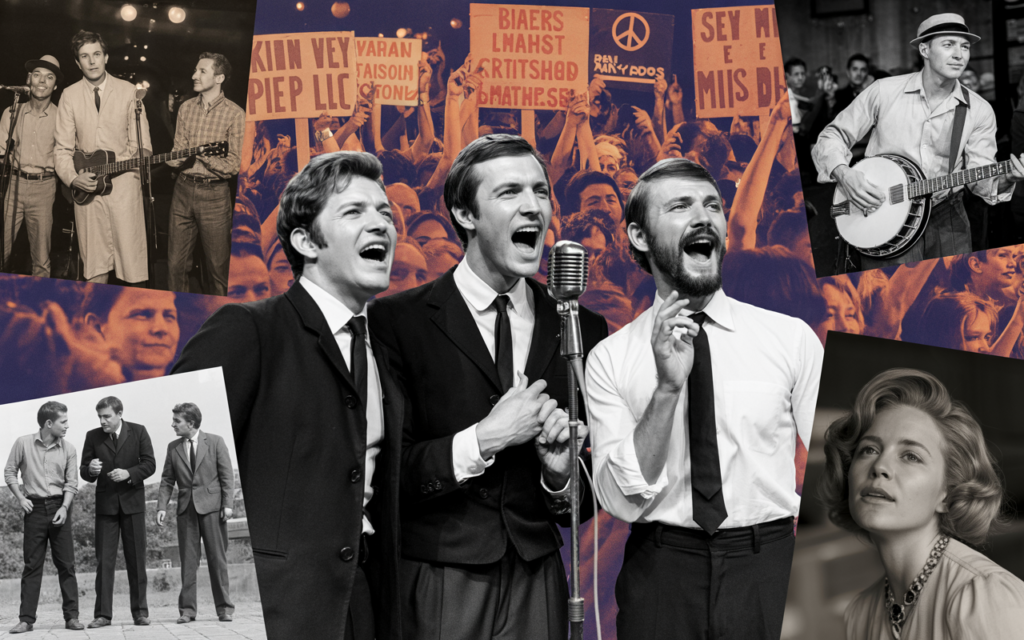
The Kingston Trio and Mainstream Success
While Pete Seeger was the originator, it was The Kingston Trio who first brought the song to a mainstream audience with their 1961 recording. Their polished, harmonious version introduced the song to listeners who might not have been familiar with Seeger’s more politically charged work. This recording was a crucial step in cementing the song’s place in the popular consciousness.
Peter, Paul and Mary’s Definitive Version
It was the 1962 recording by the folk trio Peter, Paul and Mary that is often considered the definitive version of the song. Their heartfelt, emotive performance captured the song’s deep sense of melancholy and its powerful anti-war sentiment. Mary Travers’ lead vocal, full of sincerity and sorrow, became the voice of the song for a generation. Their version was a commercial success and became an anthem for the growing peace movement. For many, their recording is the first thing that comes to mind when they hear the phrase where have all the flowers gone.
Marlene Dietrich and a Global Audience
The song’s influence was not limited to the English-speaking world. The legendary German-American actress and singer Marlene Dietrich recorded versions of the song in English, German (“Sag mir, wo die Blumen sind”), and French (“Où vont les fleurs?”). Her performances, delivered with a world-weary gravitas, introduced the song to a European audience that had its own deep and painful memories of war.
Dietrich’s international success transformed where have all the flowers gone from an American folk song into a global anthem for peace. The global reach of where have all the flowers gone is a testament to its universal message.
The journey of the song through these various artists demonstrates its incredible adaptability. Each performer brought their own unique style to the song, yet its core message remained intact and powerful. The enduring nature of where have all the flowers gone is due in part to its ability to be reinterpreted by different voices. The story of where have all the flowers gone is also a story of artistic collaboration and evolution.
The Lyrical Power: Deconstructing the Message of the Song
To truly understand the song’s impact, we must look closely at its lyrics. The song is a masterclass in using simple, repetitive language to build a powerful and emotionally resonant narrative. The central question, where have all the flowers gone, serves as the starting point for a chain reaction of consequences.
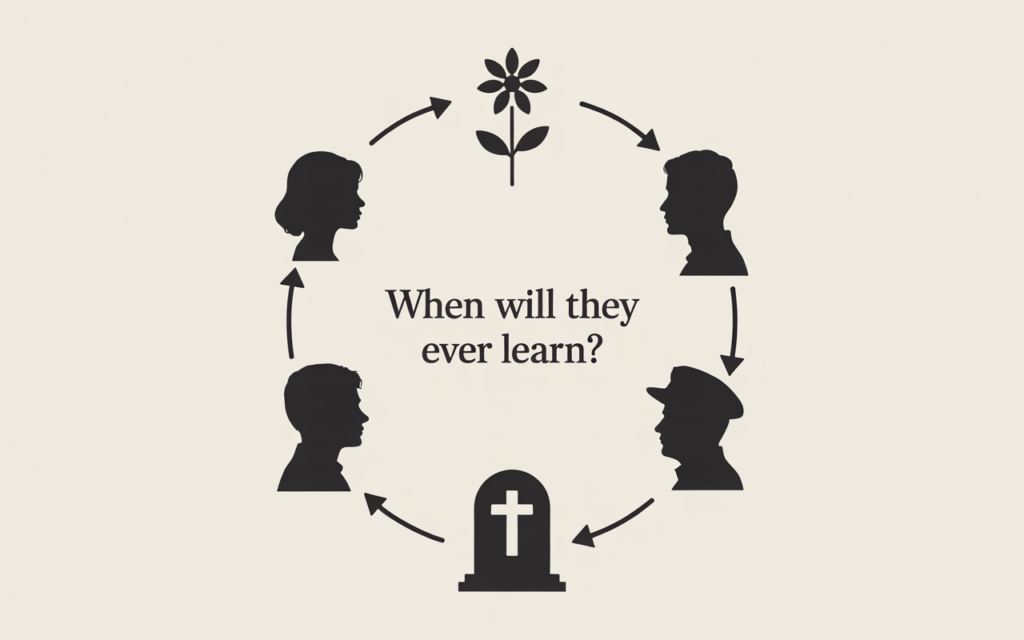
The Cycle of Life and Loss
The song’s structure is a perfect, self-contained loop. Each verse ends with a question that is answered in the opening line of the next verse, creating an unbreakable chain.
- Flowers to Girls: The flowers are picked by the young girls, symbolizing youth, beauty, and innocence.
- Girls to Husbands: The girls marry the young men, a natural progression of life and love.
- Husbands to Soldiers: The young men are sent to war, abruptly interrupting the natural cycle of life.
- Soldiers to Graveyards: The soldiers die in conflict and are buried, a stark and tragic outcome.
- Graveyards to Flowers: The graveyards become overgrown with flowers, starting the cycle anew.
This circular structure brilliantly illustrates the central theme: the futility of war. The cycle just repeats, with each generation seemingly doomed to make the same tragic mistakes. The flowers that grow on the graves are the same as the ones the girls picked at the beginning, implying that no lessons have been learned. The song’s structure is the key to understanding the message behind where have all the flowers gone. This cyclical narrative is what makes the query where have all the flowers gone so haunting.
The Final, Unanswered Question
The song’s final verse ends with the question that gives it its title: where have all the flowers gone? But the song then breaks its own pattern. After the line “When will they ever learn?”, the song repeats this question, “When will they ever learn?”, leaving it hanging in the air, unanswered.
This is the song’s most powerful moment. It transforms the listener from a passive observer into an active participant. The song is not just telling a story; it is posing a direct challenge to the audience and to society as a whole. It forces us to confront the question of why we continue to repeat these cycles of violence. The lack of an answer is the true genius of the song. It implies that the answer does not yet exist and that it is up to us, the listeners, to create it.
This final, unresolved query is the ultimate legacy of where have all the flowers gone. This makes the phrase where have all the flowers gone a call to action.
The lyrical depth of where have all the flowers gone is what has allowed it to endure. It operates on multiple levels—as a simple folk song, a lament for lost youth, and a profound philosophical statement on the human condition. The exploration of where have all the flowers gone reveals these multiple layers. The song where have all the flowers gone is a perfect example of lyrical economy.
The Enduring Legacy: Why We Still Ask “Where Have All the Flowers Gone”
Decades after it was written, the song remains as relevant as ever. Its message is timeless, and its simple beauty continues to resonate with new generations of listeners. The question where have all the flowers gone is still a powerful one.
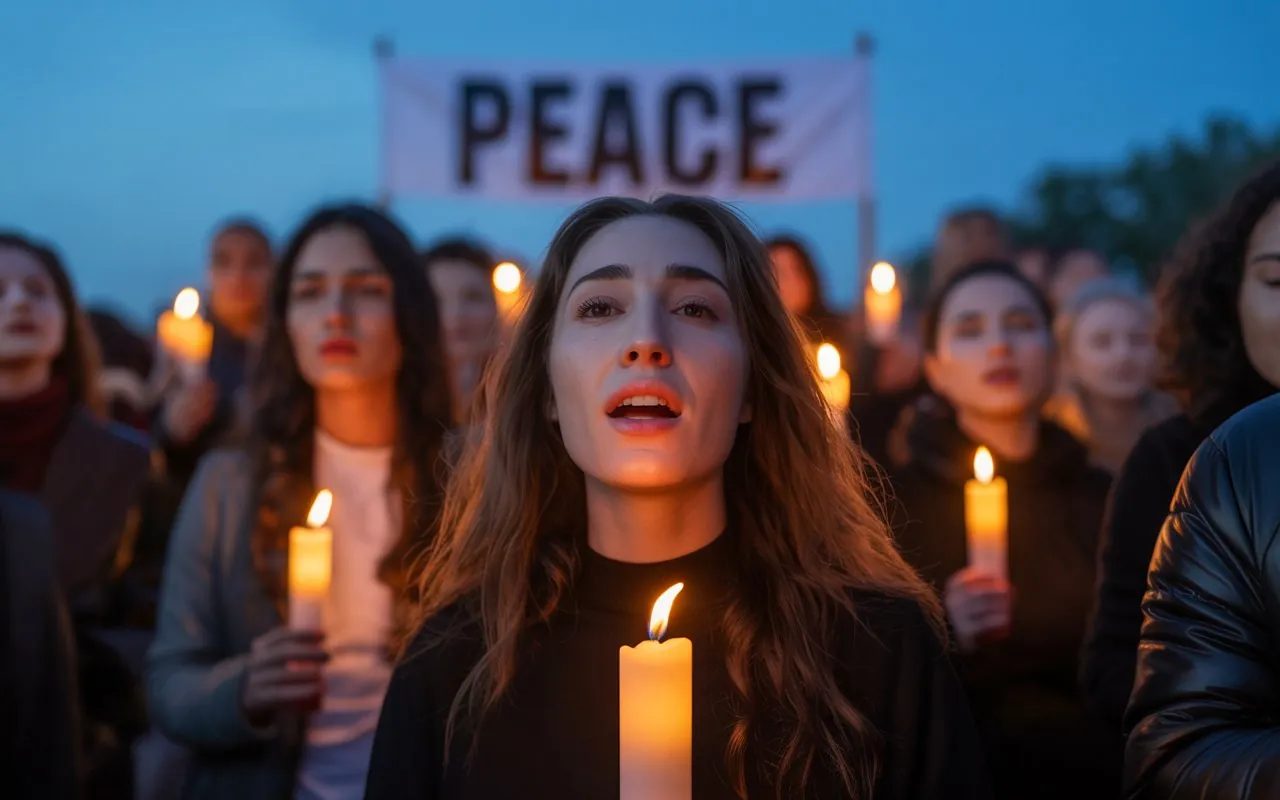
An Anthem for Peace Movements
The song became inextricably linked with the anti-war movement of the 1960s, particularly the protests against the Vietnam War. Its gentle, non-confrontational tone made it an accessible and powerful tool for expressing dissent. It allowed protestors to convey a message of peace and sorrow rather than anger and aggression.
Even today, the song is frequently used in peace vigils, anti-war demonstrations, and commemorations of conflict. It serves as a universal symbol of the desire for a world without war. The legacy of where have all the flowers gone is deeply tied to its role in social activism. The song where have all the flowers gone has a permanent place in the soundtrack of protest.
A Tool for Education
The song is also a powerful educational tool. It is often used in schools to teach students about the history of the folk revival, the Vietnam War era, and the power of protest music. Its simple narrative provides an accessible entry point for discussing complex and difficult themes like war, loss, and memory.
Teachers can use the song to spark conversations about the human cost of conflict and the importance of seeking peaceful resolutions. The question where have all the flowers gone can be a powerful prompt for creative writing, historical analysis, and philosophical discussion. This makes the song where have all the flowers gone a valuable educational resource. The legacy of where have all the flowers gone extends into the classroom.
A Personal Reflection
Beyond its political and social impact, the song also functions on a deeply personal level. It speaks to universal human experiences of love, loss, and the passage of time. The cycle it describes can be interpreted not just in the context of war, but also in the context of our own lives. We all experience the loss of innocence, the challenges of adulthood, and the sorrow of seeing loved ones pass away.
The song provides a space for reflection and mourning. It allows us to connect with a sense of shared humanity and to find solace in the knowledge that others have asked these same questions and felt these same sorrows. The personal resonance of where have all the flowers gone is a key part of its enduring appeal. This is why the question where have all the flowers gone feels so personal to so many.
The Final Word: A Question for the Ages
In conclusion, the story of where have all the flowers gone is a remarkable journey. From a few scribbled notes inspired by a Russian novel to a global anthem for peace, the song’s impact has been immense and long-lasting. It is a testament to the genius of Pete Seeger and the artists who helped bring it to the world.
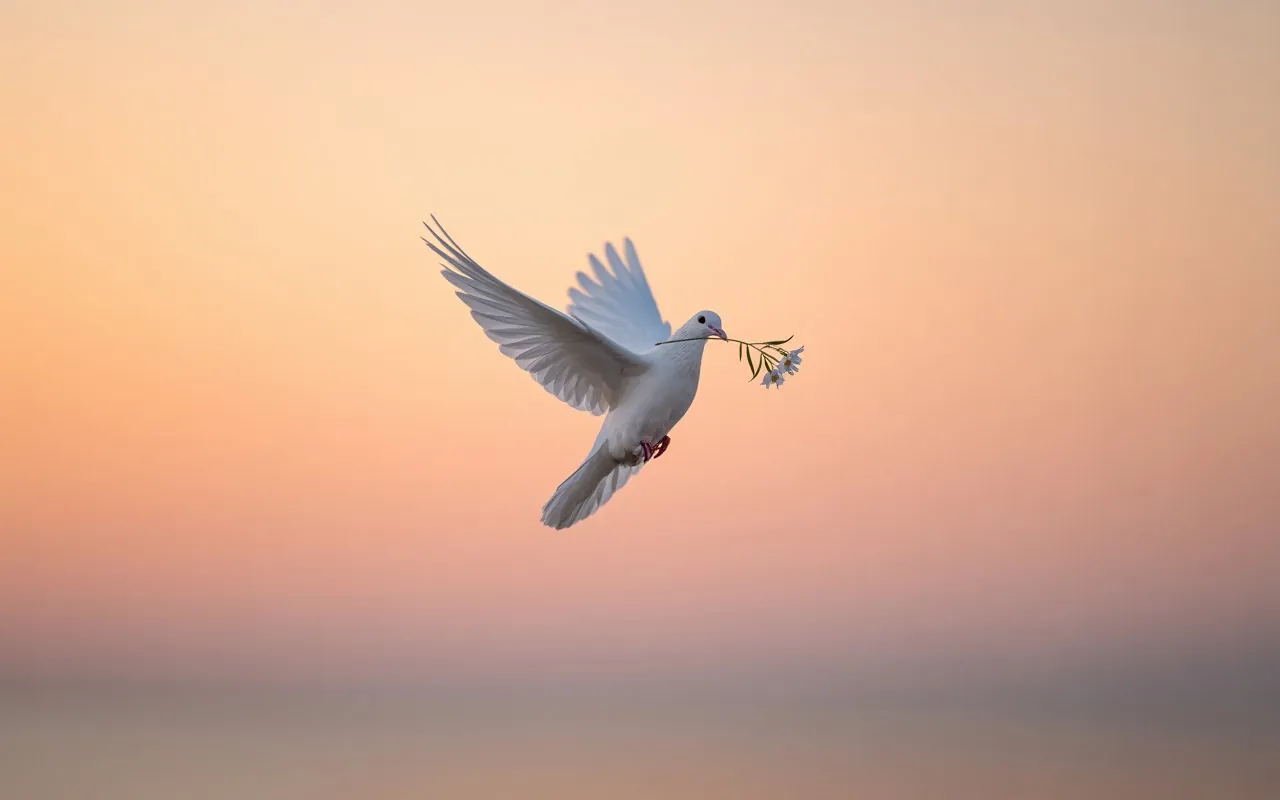
The song’s enduring power lies in its perfect marriage of a simple, beautiful melody and a profound, challenging message. It uses a gentle, cyclical narrative to confront us with the harsh reality of war’s futility. And it leaves us with a question—”When will they ever learn?”—that continues to demand an answer.
As long as there is conflict in the world, as long as we struggle to learn from the mistakes of the past, the question where have all the flowers gone will remain relevant. It is a song that belongs not to a single time or place, but to all of humanity. It is a gentle, persistent, and unforgettable reminder of our shared responsibility to build a more peaceful world. The legacy of where have all the flowers gone is a legacy of hope, a belief that one day, we will finally have a good answer to its timeless question. And so, we continue to sing, and we continue to ask, where have all the flowers gone?